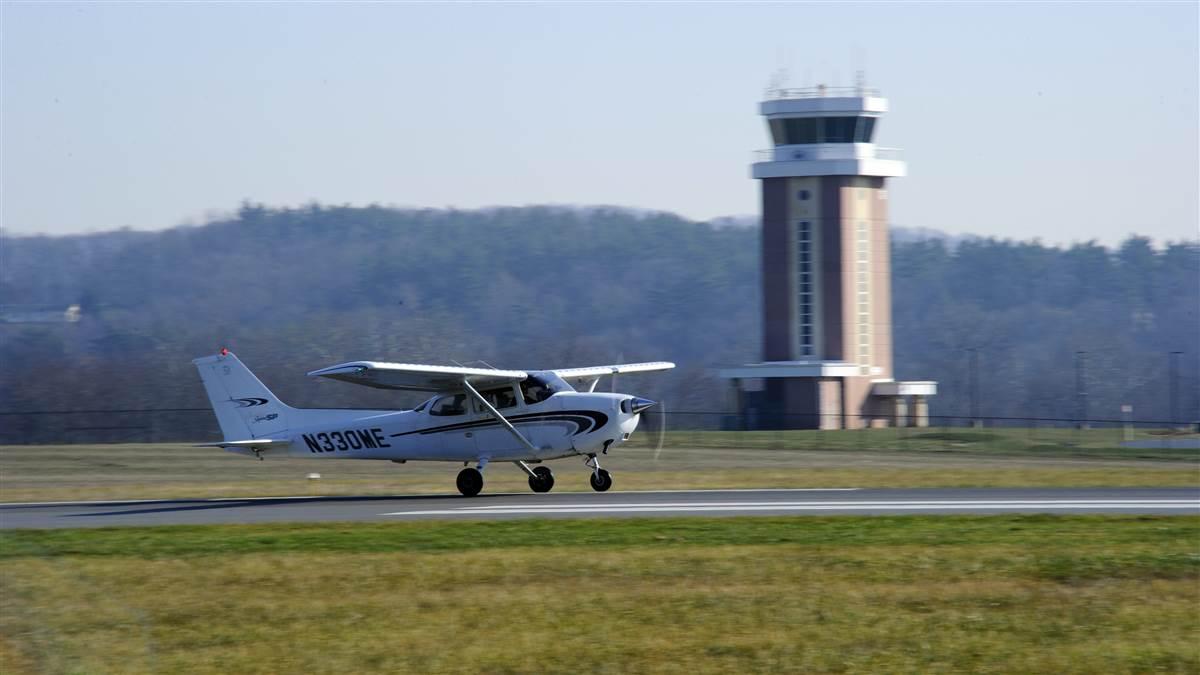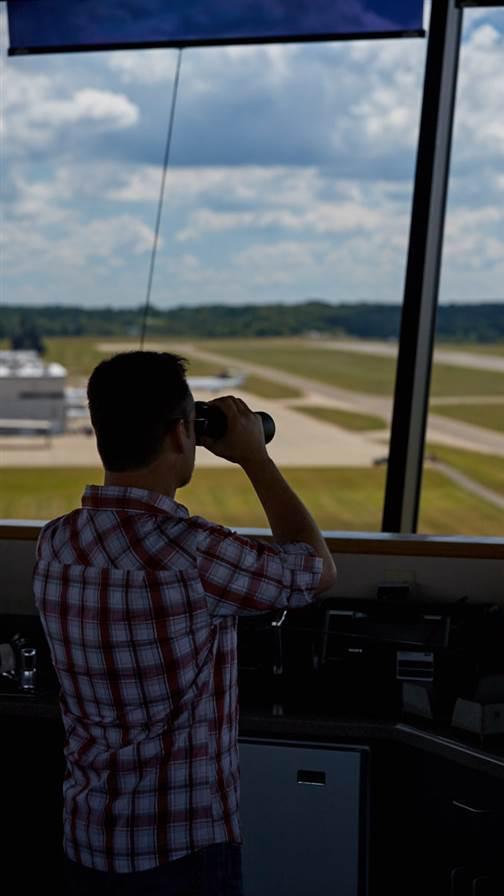Tips from the tower
Things ATC would like you to know

At 6:45 a.m., one of the first tasks of the day will be to report the area weather; it’s an hourly task throughout the day unless some weather surprises pop up. Once keyed into the FAA computer, this weather will be available to all the pilots in the area. The two controllers at FDK have distinct roles: One will be on the local position, the other will be ground control. At 7 a.m., the tower opens and pilots in the area will have another set of eyes. Of course, pilots can use the airport around the clock, but ATC services are limited to 14 hours per day. FDK is Class D airspace during the tower’s operating hours, and Class E airspace when the tower is closed.
A pilot calling the tower by radio will speak with the controller on the local position. Since this tower does not have a radar display, requested reporting points from the pilot to the controller will be more frequent, and have more importance. After all, for the most part, the only one seeing the aircraft approaching the airport is the controller, and he or she knows who else is in the area. The pilot is flying in his or her own little bubble in the air, which is a great place to be when the airspace is quiet—but can be a little unnerving when approaching a busy airport.
The local controller will expect the pilot to report his position between seven and 10 miles from the airport. Don’t wait until five miles out, recommends the local controller, to allow more time for sequencing. If a faster aircraft is on approach at the same time, it could overtake you. Here at FDK, the local controller keeps track of pilot position reports by writing the N number on a movable piece of plexiglass with a grease pencil. He notes the time and the pilot’s requests—stop and go, for example, or a full stop. As the aircraft approaches, the controller moves the plastic piece through the cycle, wiping it clean when that aircraft has landed. Every controller has his own way of tracking aircraft—some write them down on a sheet of paper and cross off the N number as the aircraft progresses, while others keep it all in their minds.
Sound a little primitive, what with all the technology these days? Perhaps a little, but it illustrates both how important and how effective a controller can be to your flight. Even more arcane-sounding is the use of those binoculars sitting on the controller’s work station. Even though you’ve reported in at 10 and five miles out, it’s usually not until three miles out that the controller can pick you up visually. And the local controller has visual cues that he uses to help find you: a tree that’s a little taller around the approach, or a building, or other marker. He knows his airspace well, and he’s happy when he can find you easily.
 So what’s the ground controller doing while the local controller is talking with pilots in the air? He coordinates activity on the airport such as aircraft taxiing into position; he finds you based on your reporting points from the ground. “Cessna Six-Eight-Niner at Taxiway Echo in front of the restaurant.” He also coordinates IFR departures from the local Tracon, handles the weather observations and ATIS updates, and is the CIC—controller in charge.
So what’s the ground controller doing while the local controller is talking with pilots in the air? He coordinates activity on the airport such as aircraft taxiing into position; he finds you based on your reporting points from the ground. “Cessna Six-Eight-Niner at Taxiway Echo in front of the restaurant.” He also coordinates IFR departures from the local Tracon, handles the weather observations and ATIS updates, and is the CIC—controller in charge.
Many student pilots, and sometimes veterans too, can be intimidated by controllers. Controllers use standard phraseology and definite language. That can make them sound curt or like they are dictating to you, but it’s nothing personal. Giving instruction over the radio must be concise; the FAA sets the guidelines for communication.
When the day ends at FDK, the controllers will have had experiences that are both routine and remarkable. No two days are the same. The day can be chaotic with constant coordination, or more serene with sporadic communication punctuated by intense activity. Even when things are slow, controllers work like they’re busy.




